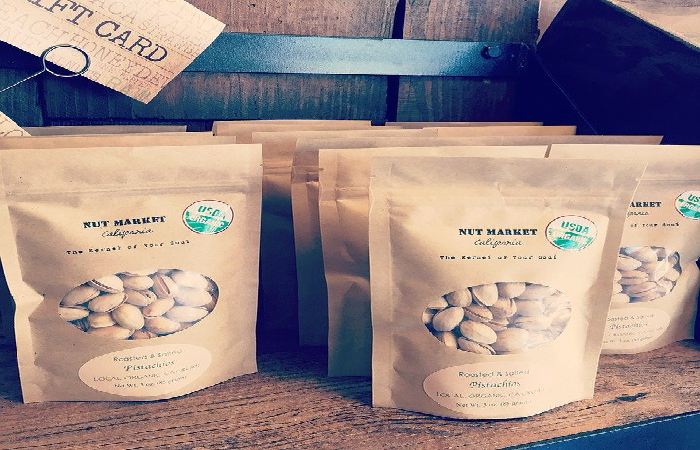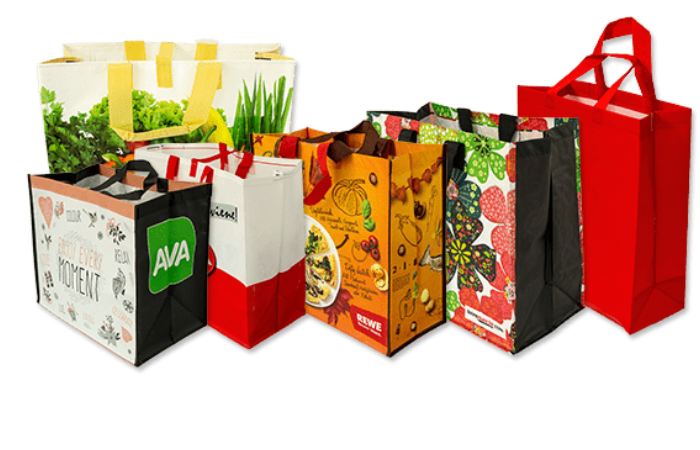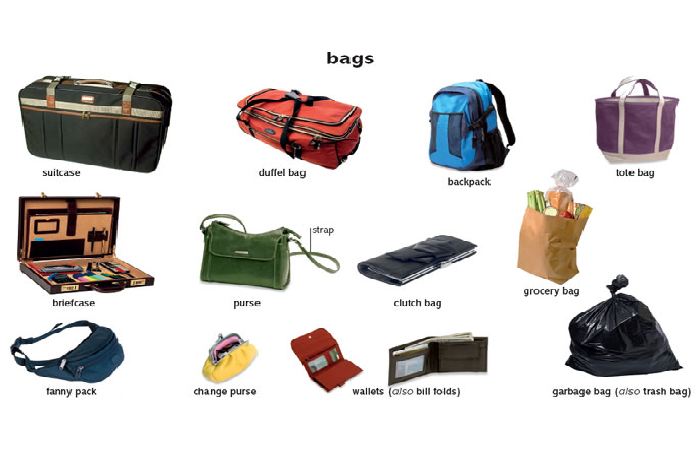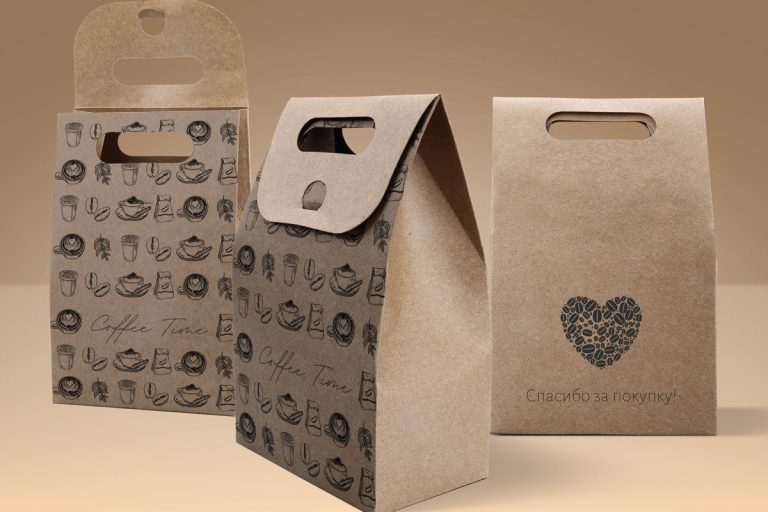Table of Contents
bagged packaged goods

bagged packaged goods – Bagged packaged goods remain enclosed in bags or pouches for protection, transportation, and sale. They are a common and versatile packaging solution for various items, including food, snacks, pet supplies, household goods, and industrial materials.
Benefits Of Bagged Packaged Goods:
Convenience: Bags are easy to carry and store, making them convenient for consumers and retailers.
Protection: Bags can protect products from damage, contamination, and moisture.
Cost-effectiveness: Bags are often less expensive than other packaging materials, such as boxes or cans.
Versatility: Bags can be made from various materials, including paper, plastic, and foil, to meet the specific needs of different products.
Types Of Bagged Packaged Goods:
- Food: Bagged food items include chips, pretzels, cookies, candy, nuts, and dried fruits.
- Snacks: Bagged snacks include granola bars, trail mixes, fruit snacks, and pudding cups.
- Pet supplies: Bagged pet supplies include cat litter, dog food, and birdseed.
- Household goods: Bagged household goods include laundry detergent, baking soda, and flour.
- Industrial materials: Bagged industrial materials include cement, sand, and gravel.
Trends In Bagged Packaged Goods:
Sustainability: Consumers are increasingly demanding sustainable packaging solutions. Manufacturers are responding by developing bags made from recycled materials or that are compostable.
Convenience: Consumers are also looking for convenient packaging solutions. Manufacturers are developing bags with features such as resealable closures and easy-pour spouts.
Innovation: Manufacturers constantly develop new materials and technologies for bagged packaged goods. This innovation is leading to the development of stronger, lighter, and more durable bags.
Bagged packaged goods are a critical part of the modern supply chain. They are a convenient, cost-effective, and versatile way to package, transport, and sell various products.
What Are Bagged Goods?

Bagged goods refer to commodities or products enclosed in bags or pouches for protection, transportation, and sale. They are a widely used and adaptable packaging solution for various items, including food, snacks, pet supplies, household products, and industrial materials.
Benefits of Bagged Goods
Bagged products offer numerous advantages, making them a popular choice for packaging:
Convenience: Bags are lightweight, compact, and easy to handle, making them convenient for consumers and retailers. They can remain easily carried, stored, and transported, reducing the space needed for storage and enabling efficient distribution.
Protection: Bags protect products from damage, contamination, and moisture by providing a barrier to external elements. They can safeguard the product’s integrity and prevent spoilage or degradation.
Cost-Effectiveness: Bags are generally more cost-effective than alternative packaging options, such as boxes or cans. They require less material, are easier to manufacture, and can be produced in bulk, reducing production costs.
Versatility: Bags can be made from various materials, including paper, plastic, metal, and foil, allowing them to remain tailored to the specific requirements of different products. For instance, food products may require airtight bags, while pet supplies may need puncture-resistant or tear-resistant bags.
Easy Handling and Use: Bagged goods are often resealable, allowing easy access to the contents and maintaining product freshness. They can also remain equipped with pour spouts to dispense liquids or powders conveniently.
Types of Bagged Goods

Bagged products encompass a wide range of items, including:
- Food: Snacks like chips, pretzels, cookies, and candy; dry fruits, nuts, and trail mixes; spices and herbs; flour, sugar, and baking ingredients; frozen vegetables and fruits; pet food; and fresh produce like avocados, oranges, and apples.
- Snacks: Granola bars, trail mix, fruit snacks, pudding cups, and protein bars.
- Pet Supplies: Dog food, cat litter, birdseed, and pet treats.
- Household Goods: Laundry detergent, dishwashing liquid, shampoo, conditioner, soaps, detergent pods, baking soda, flour, and sugar.
- Industrial Materials: Cement, sand, gravel, fertilizer, and other bulk materials.
Trends in Bagged Goods Packaging
Manufacturers are continuously innovating to enhance bagged goods packaging and meet evolving consumer demands:
- Sustainability: The use of recycled materials, compostable bags, and biodegradable liners is gaining momentum, addressing environmental concerns.
- Convenience: Resealable closures, tear-resistant materials, and easy-to-pour spouts remain incorporated for enhanced consumer convenience and product protection.
- Functionality: Vacuum-sealed bags for freshness preservation, tamper-evident seals for product integrity, and reclosing zippers for multiple uses are becoming increasingly common.
- Marketing and Branding: Eye-catching graphics, bold colors, and informative labels are applied to bags to enhance brand visibility and product appeal.
- Customization: Custom-printed bags, branded logos, and eco-friendly projects remain tailored to meet specific product requirements and consumer preferences.
Bagged goods packaging plays a crucial role in the modern supply chain, providing a cost-effective, versatile, and convenient method for distributing a wide range of products. As consumer demands evolve, packaging manufacturers continuously innovate to enhance sustainability, functionality, and marketing appeal, ensuring bagged goods remain a popular and sustainable packaging solution for the future.
What Is The Meaning Of Bagged It?

The phrase “bagged it” has several informal and slang meanings, often used in casual conversations. Here are some common interpretations: Secure or obtain something successfully: “I finally bagged that concert ticket I’ve been wanting for months
Achieve a desired goal or outcome: “She worked hard and bagged the promotion she deserved.”
Catch or apprehend someone, especially a criminal: “The police bagged the suspect after a high-speed chase.
kill or incapacitate an animal, particularly for hunting or pest control: “The hunter bagged a deer during the hunting season.
Consume or ingest a large amount of food incredibly quickly and messily: “I bagged a whole bag of chips in one sitting.
To leave or depart from a place quickly: “We bagged it from the party early to avoid the crowds.”
To give up or abandon something, often from frustration or disinterest: “I bagged it on the math test because I couldn’t understand the questions.”
The meaning of “bagged it” may depend on the context and the speaker’s intent.
Bagged Goods
Bagged goods are products enclosed in bags or pouches for protection, transportation, and sale. They are a common and versatile packaging solution for various items, including food, snacks, pet supplies, household goods, and industrial materials.
Conclusion
bagged packaged goods are a versatile and convenient solution offering several advantages over traditional packaging materials. They remain lightweight, compact, and easy to handle, making them suitable for various products. Bagged packaged goods protect products from damage, contamination, and moisture, ensuring product integrity and freshness. Their cost-effectiveness and versatility make them an economical choice for manufacturers and retailers. As consumer demands evolve, manufacturers constantly innovate to enhance the sustainability, functionality, and marketing appeal of bagged packaged goods, ensuring their continued popularity and relevance.


